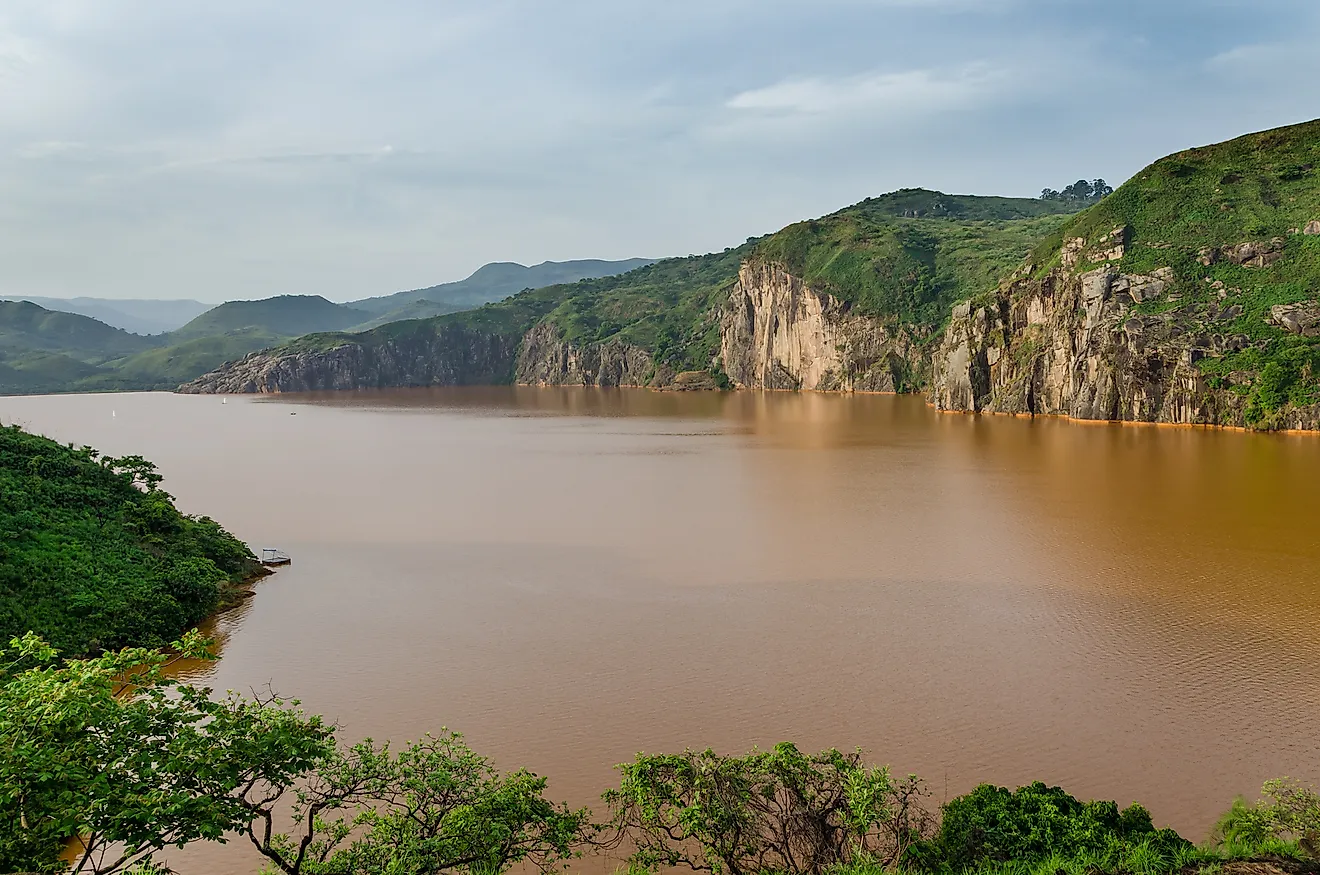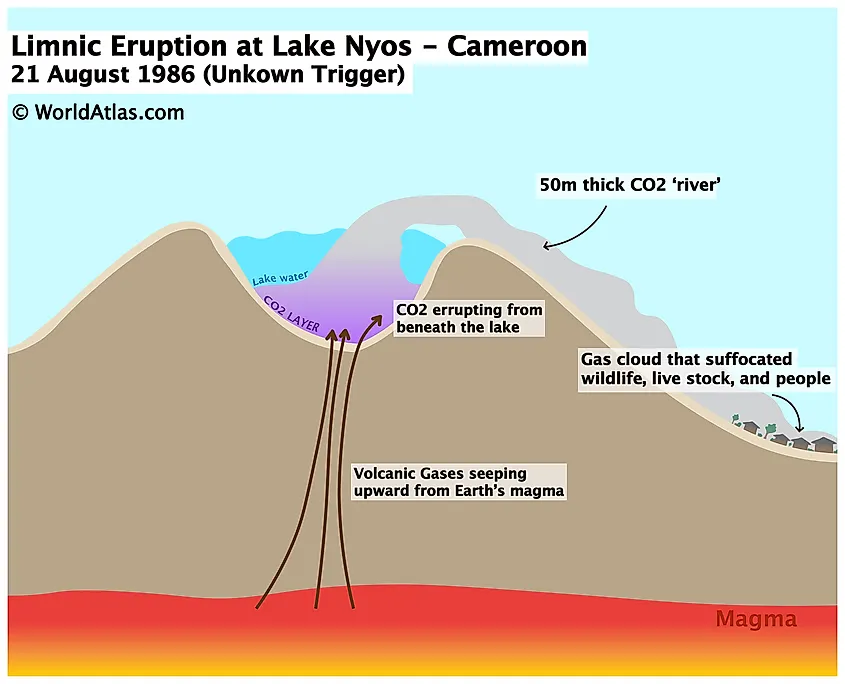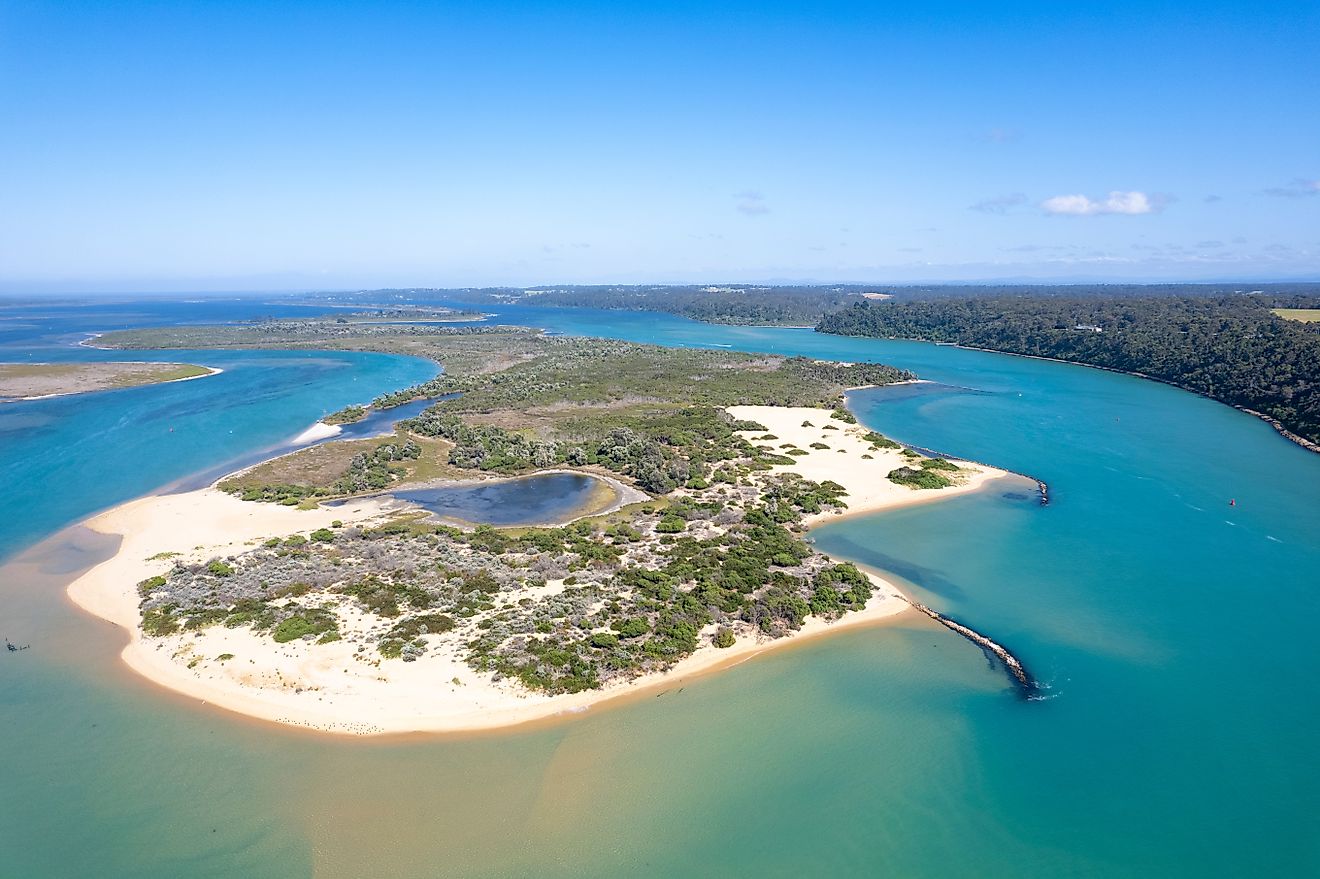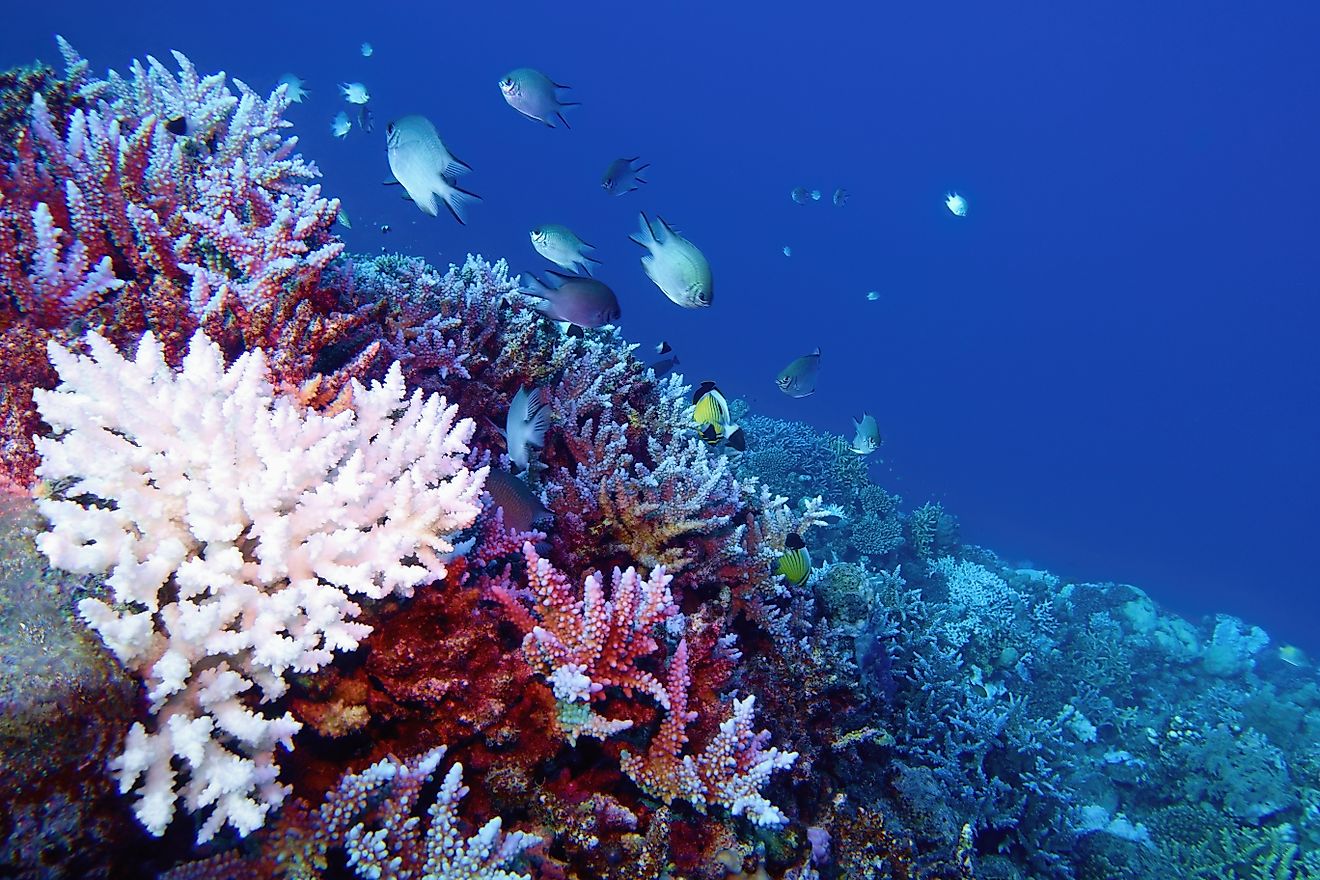Lake Nyos Disaster

- The Lake Nyos Disaster was caused by a liming eruption, a natural disaster which sees CO2 rapidly explode from a highly concentrated lake.
- The eruption resulted in the death of 1,746 people and 3,500 livestock.
- An estimated 100,000 to 300,000 tons of carbon dioxide gas exploded from within Lake Nyos during the disaster.
Lake Nyos is located in northwestern Cameroon. On August 21st 1986, a disaster occurred in Lake Nyos caused by a natural limnic eruption which resulted in the death of 1,746 people and 3,500 livestock.
Limnic Eruptions
A limnic eruption is a natural disaster in which carbon dioxide which is dissolved in water - such as in Lake Nyos - erupts. The result is that the dissolved CO2 becomes a rapidly expanding gas cloud. For this to happen, some sort of geological disturbance must occur within or near a lake that is saturated in CO2, has a cool lake bottom, and has both an upper and lower thermal layer within the lake. It is thought that the disaster at Lake Nyos was likely caused by a small volcanic eruption, or a landslide. In either case, the disruption of the earth caused the two thermal layers which had different saturations of carbon dioxide to mix. The reduced pressure caused the carbon dioxide to rapidly be released from the water in a gaseous form.
Casualties And Effects

An estimated 100,000 to 300,000 tons of carbon dioxide gas exploded from within Lake Nyos during the disaster. The water column would have measured some 100 meters in height, causing a wave that was thought to be 25 meters tall. Due to the speed and pressure of the explosion, the gas rose in a giant plume at a rate of 100 kilometers an hour, before sinking back towards the ground. Because carbon dioxide is denser than air, it pushes all the air out of any space it occupies. This means that once the CO2 began to settle, any humans or wildlife in the area soon suffocated due to a lack of oxygen. A radius around the lake of approximately 25 kilometers, or 16 miles was affected. The gas’s density also caused it to travel in a down-hill trajectory, where it encountered the villages of Nyos, Kam, Cha, and Subum.Over 4,000 residents were affected. Many died in their sleep from suffocation, while others fled or attempted to flee the area. Survivors often experienced lesions on their lungs, respiratory problems, or paralysis. Many of these villages also had livestock, and thousands of these animals were wiped out, unable to escape the gas cloud.
Aftermath
After the incident, the lake itself changed dramatically. The water level dropped considerably, as a large amount of water was displaced in the explosion. The waterline of Lake Nyos dropped one meter. In addition, once blue, the lake waters of Nyos changed to a dark red colour, due to the high concentration of iron which was disrupted from the lake bottom. The iron oxidized in the eruption process, resulting in the red hue.
Preventing Future Disasters
While the disaster was a natural one, scientists set to work implementing a strategy to prevent such an occurrence from happening again. After several years of research and study, a degassing system was installed in the lake in 2001, with two additional pipes added in 2011. By 2019 the columns were deemed successful enough that only one need remain to ensure the process continued in a self-sustained manner.The columns work by allowing co2 to vent from the lower, heavily saturated layer of water deep within the lake. Pumps were initially needed, but the process became self-sustaining as the water naturally effervesced. The terrible instance at Lake Nyos, and the resulting research allowed scientists to target other potential threats, and put similar systems in place where needed, to avoid any other limnic eruptions.











